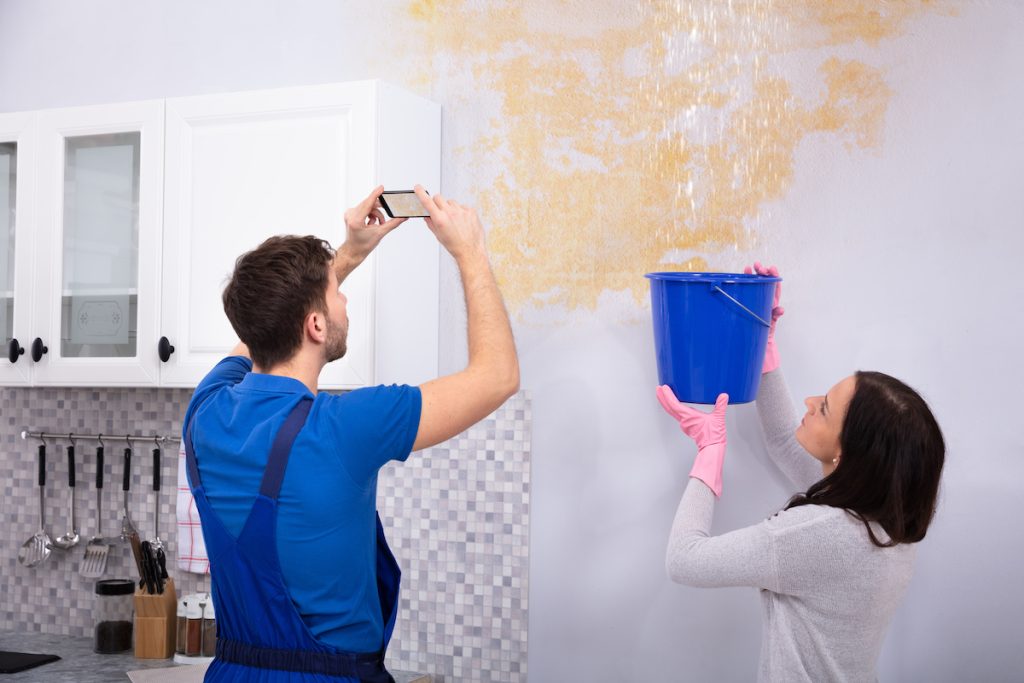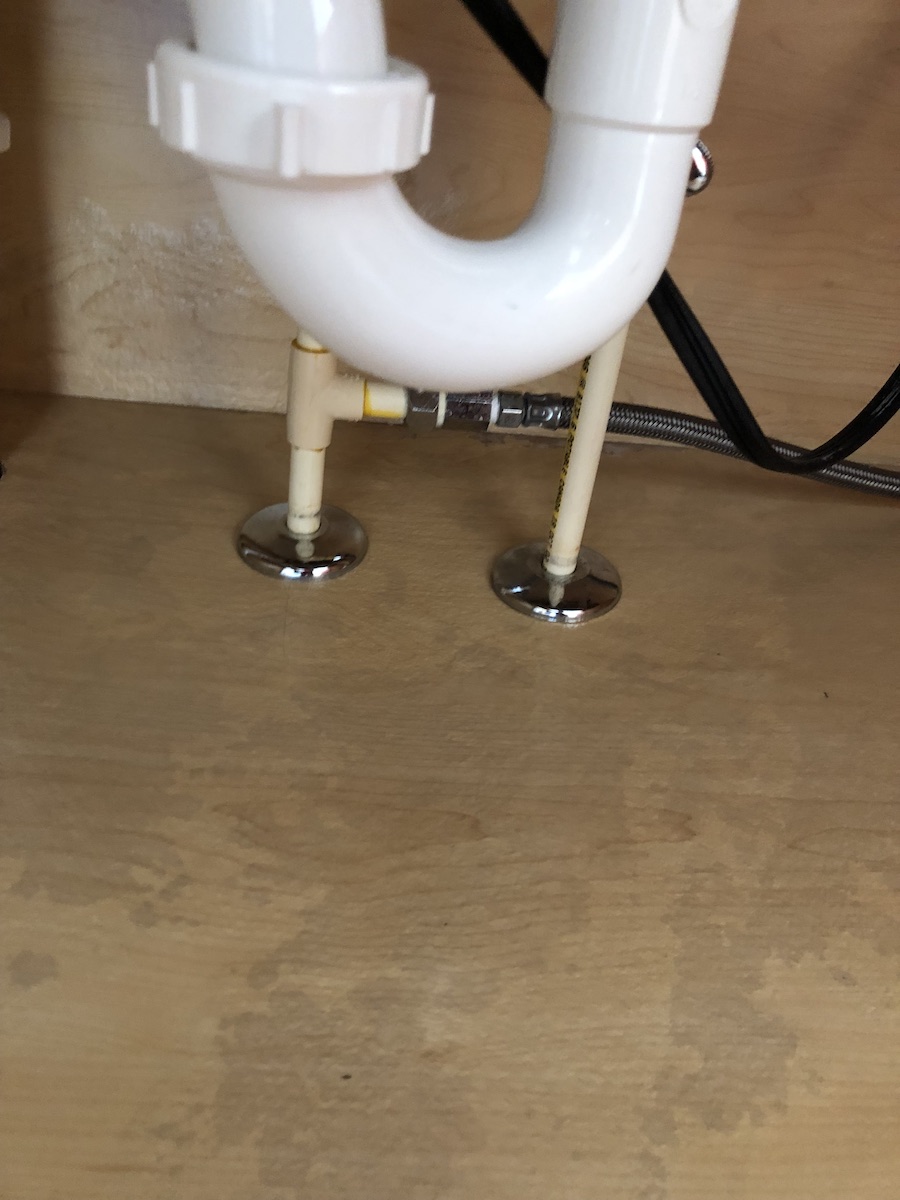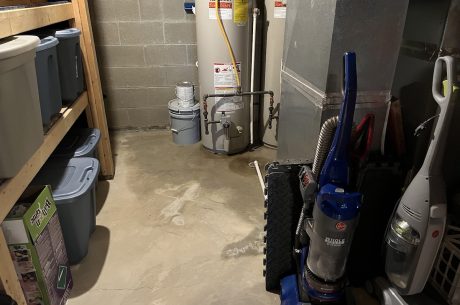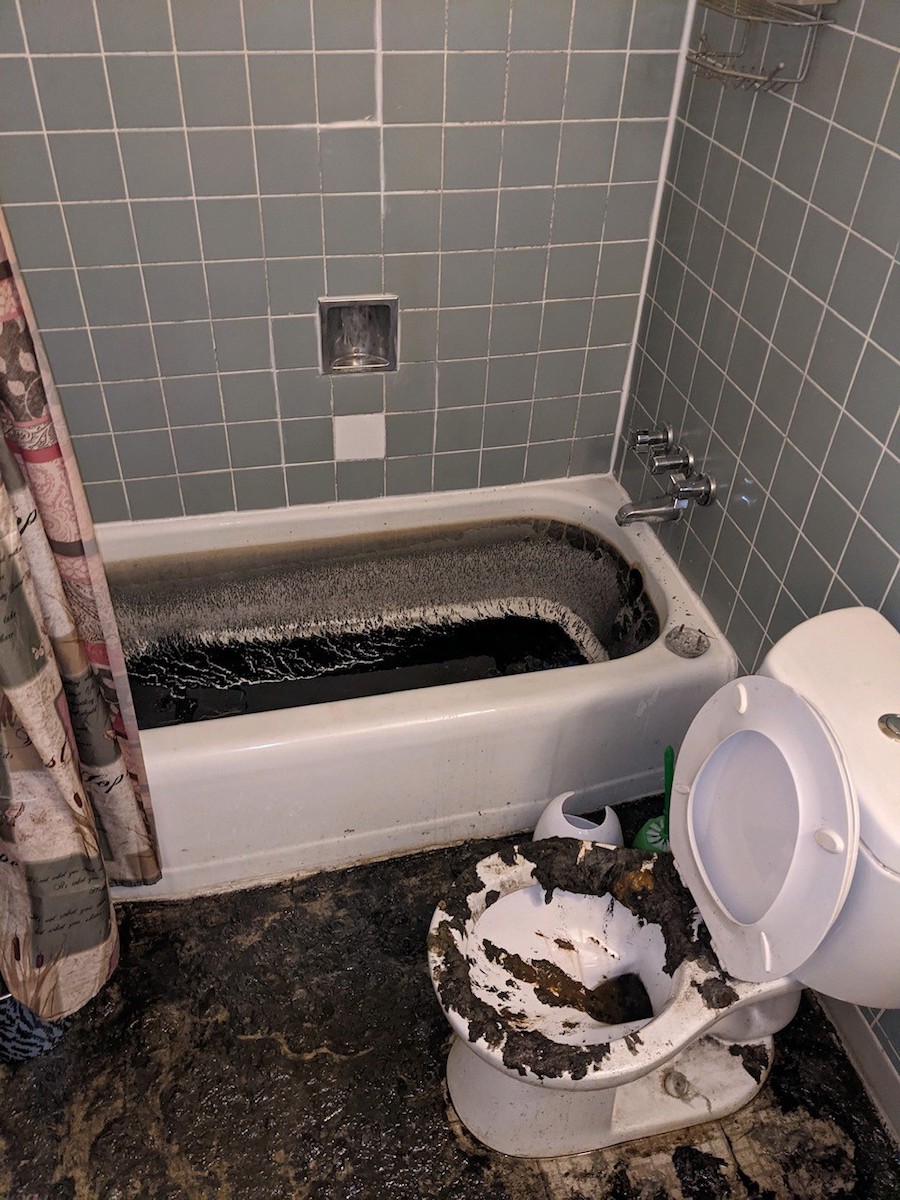Dealing with an insurance claim can be a complex process. In some cases, your claim might be denied for a variety of reasons, and you might be left wondering what to do next. You still have the damage you filed your claim for, but you might feel like you have no options without coverage. Well, fret not! We are here to guide you with how you can appeal your claim!
1. Keep detailed records of the physical evidence.

It isn’t easy to prove your claim without having tangible evidence so take photographs and video before performing any repairs. Photos are lovely, but videos are better since they capture more detail. Consider setting up a camera so that water might flow into a container while you drain it. Then, measure how much water is in the container after draining it. This might be used later to calculate the flow rate and could be crucial if your house is on well rather than municipal water service.
Keep the damaged shards together. Plumbing contractors are usually happy to leave these broken parts behind, but you must often ask! Service standards state that plumbers should remove any old broken pieces when they’re done working. However, anything removed during the repair process should be set aside and kept track of in a claim situation. The water source should not be changed after being taken out of the equation during the repair procedure. Anyone, including an adjuster from the insurance company, should not be allowed to touch or remove evidence without a chain of custody document. Even if your physical evidence has vanished, hopefully, you still have a photograph showing the source of the water.
2. Independently document time and space.

Hypothetically, what does it mean to have a leak “ongoing for some time”? The insurance company might reject your claim based on this term’s ambiguous or ill-defined meaning. We need to find ways to narrow the time and space in which the covered loss occurred. Thankfully, there are ways to do this.
One method is to check the weather. If the source of a leak is an outside wall, the insurance adjuster will immediately believe—weather. Was the pipe frozen, broken, and leaking for months before it was found? Did rain or melting snow manage to get inside? You can match up the date you first recorded the disaster and check the amount of precipitation and temperature in the previous weeks or months. This information could be pertinent to determining the cause of and true beginning of the damage.
Another tool that can help narrow the time and space in which your loss occurred is utility bills. Do these bills demonstrate heat was or was not maintained? Is the water metered? Is the sewer metered? Imagine how you’d plot these figures over time, which is a tactic that the utility companies frequently use on the monthly bill. This data could reveal much about what was happening to your property and when it started.
3. Read the entire policy.

Even if there is no claim on the horizon, reading an insurance policy may be a nerve-wracking experience. These contracts are complicated, but they are not beyond reach. The most important thing to grasp is that insurance coverage is generally looking for sudden and unintentional damage to determine the coverage they will give. By understanding the terms they use, you can determine how to articulate your appeal most effectively.
PuroClean Water, Fire, and Mold Experts are Here To Help You With Property Damage
When property damage strikes, you want an ally in your corner that will not only perform professional restoration on your property but also work with your insurance company to help navigate the process. You can trust PuroClean’s professional water restoration team to handle the damage with efficiency and integrity. Our water damage restoration technicians are highly trained and fully equipped to handle any size disaster. Call us today at (614) 309-5739.




 PuroClean Fire & Water Experts
PuroClean Fire & Water Experts